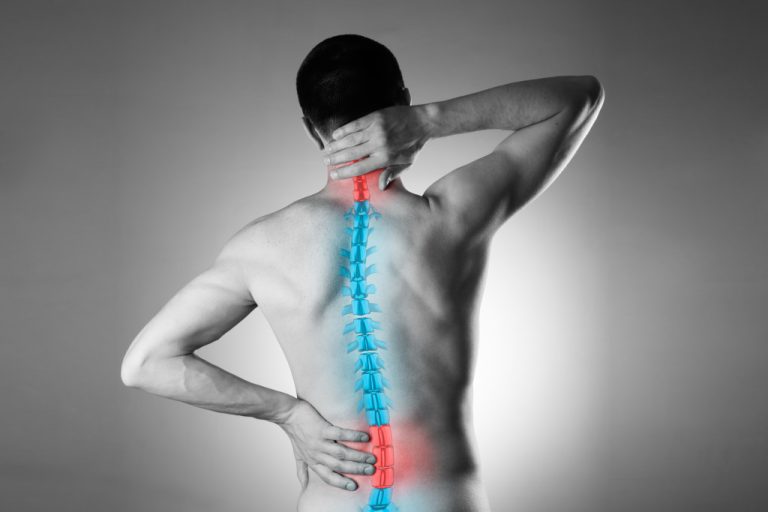Skeletal disorders are common among people of all ages and can cause significant pain and discomfort. Some of the most common skeletal disorders include osteoporosis, arthritis, and fractures. But one of the most debilitating skeletal disorders is scoliosis.
What is Scoliosis?
Scoliosis is a condition that has been around for centuries. The first documented case was back in Ancient Greece. However, it wasn’t until the 1800s that scoliosis became more widely studied and understood.
Scoliosis is a condition that causes the spine to curve abnormally to the side. The spine is made up of vertebrae, which are bones that protect the spinal cord. The spinal cord has nerves that carry messages between the brain and other body parts. It affects about two to three percent of the entire population, making it one of the more common skeletal disorders in the country.
There are two main types of scoliosis: congenital and idiopathic.
Congenital Scoliosis
Congenital scoliosis is a type of scoliosis that is present at birth. Abnormalities cause it in the vertebrae or the spinal cord. This type of scoliosis usually affects only one side of the spine and is not symmetrical.
Idiopathic Scoliosis
Idiopathicic scoliosis is the most common type of scoliosis. It usually begins around puberty and affects girls more often than boys. It’s different from congenital scoliosis because it is not present at birth, and the cause is unknown.
Scoliosis is a highly complex disorder. However, there are known risk factors that surround it.

Risk Factors For Scoliosis
There are many risk factors for scoliosis. One of the significant risk factors is genetics.
Genetics
Genetics plays a fundamental role in scoliosis, especially congenital scoliosis. Essentially, people with congenital scoliosis are born with it because of the abnormalities in their DNA. If you have a family member with scoliosis, your risk of developing the disorder is higher.
Age
Age is another risk factor for scoliosis. The disorder most often begins around puberty, which is why it affects girls more often than boys. It’s because girls tend to develop earlier than boys.
Gender
As mentioned before, girls are more likely to develop scoliosis than boys. This is because of the timing of when puberty hits. Girls usually develop around age eleven, whereas boys don’t begin until age thirteen.
There are many other risk factors for scoliosis, but these are some of the most common ones.
Scoliosis Symptoms
The symptoms of scoliosis can vary depending on the severity of the curve. The spine can curve to the side in several different ways. The most common type of curve is called a C-curve. It’s when the spine curves to the side in a C-shape.
Another type of curve is an S-curve. This is when the spine curves to the side in an S-shape. Finally, the most severe type of curve is a Z-curve. It’s when the spine curves to the side in a Z-shape.
The symptoms of scoliosis can also vary depending on the type of scoliosis you have. For example, congenital scoliosis usually doesn’t cause any pain, whereas idiopathic scoliosis can.
The most common symptom of scoliosis is back pain. This pain can range from mild to severe, depending on the severity of the curve. Other symptoms include:
- Headaches
- Neck pain
- Shoulder pain
- Hip pain
- Leg pain
- Fatigue
The symptoms of scoliosis can vary from person to person. Some people with scoliosis may only experience mild symptoms, while others may experience more severe symptoms.
Treatment
Scoliosis is a disorder that affects most of the population. Although there are no known cures for it, there are ways you can improve your situation. First of which is by getting government-related benefits.
Government Benefits
Scoliosis is considered to be a disability. This means that you can get social security disability benefits from it. These benefits include cash benefits and health insurance. These benefits are essential in helping you treat the disorder.
To get these benefits, you must fill out an application and submit it to the Social Security Administration. The approval process can take up to two months.
Surgery
Surgery is an option for people with scoliosis. However, it is usually only recommended for people with severe curves. Surgery involves placing metal rods on the spine to straighten it out.
Surgery is severe and should only be considered a last resort. It is essential to talk to your doctor about the risks and benefits of surgery before making a decision.
Alternative Treatment
Alternative treatment is also an option for people with scoliosis. Alternative treatment includes things like chiropractic care, acupuncture, and massage therapy.
These treatments are not as effective as surgery but can help improve your symptoms. They are also less risky than surgery and can be done in the comfort of your own home.
Scoliosis is a disorder that can cause a lot of pain and discomfort. However, by getting benefits and treatments, you can improve your situation. You can live a normal life with this disorder by doing these things.



